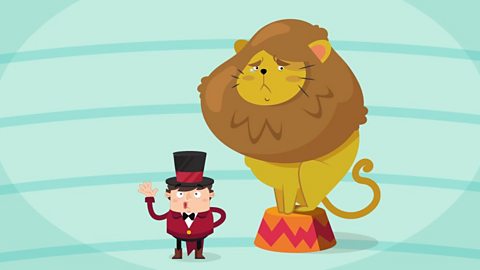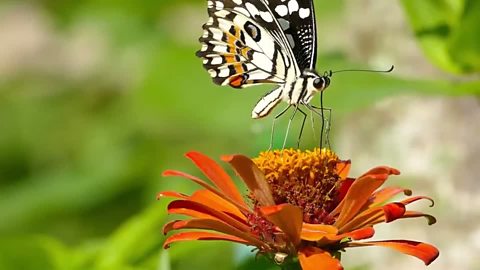Do all animals taste the same things?
Video - Why do animals taste things differently?
In this video, learn about the diet of various animals, like cats, pigs and cows, and why different animals taste things in completely different ways.
Find out why the way animals taste is linked to their diet.
Right then children. Today we’re going to investigate the diet of various animals and why different animals taste things in completely different ways. Take this cat, for example.
Now, cats are carnivores, which means they eat meat and aren’t much interested in eating anything else.
Cats’ tongues only have about 500 taste buds on them. Humans – who eat just about anything – have up to 10,000 on theirs.
Since a cat’s diet is mainly meat, they don’t eat many foods that taste sweet, so they don’t need taste buds that detect sweet taste.
Cats can detect bitter tastes though, helping them to avoid meat that might have gone rotten.
Pigs, like humans, are omnivores, meaning they eat both meat and plants.
So pigs have taste buds on their tongues that allow them to taste all five flavours. You’d think that having even more taste buds than humans would make pigs fussy eaters, but they’ll eat pretty much anything. Aargh!
Because cows are herbivores that eat just plants, you might think they don’t need as many taste buds on their tongues, but you’d be wrong.
Cows can have up to 35,000 taste buds, which is more than 3 times the amount that humans have.
Like many herbivores, cows don't take a close look at their food, they just munch away on whatever's close.
All those taste buds help them quickly react to bitter tastes, so they can avoid eating any poisonous plants they might have put in their mouths by mistake.
All this talk of food is making me hungry. I think it might be time for some lunch.
I’ve got a treat for us all…
Alright, save some for me!
Quiz
More on Living things
Find out more by working through a topic
- count5 of 36

- count6 of 36

- count7 of 36

- count8 of 36
